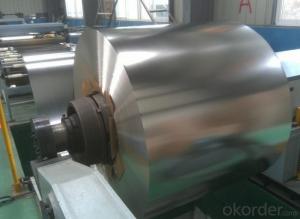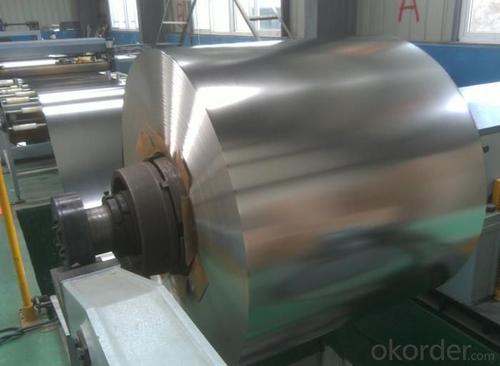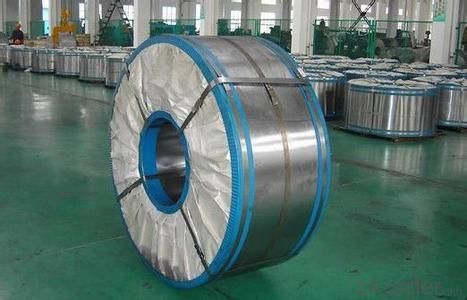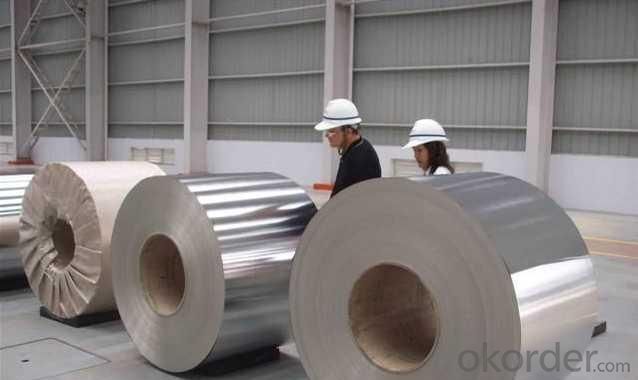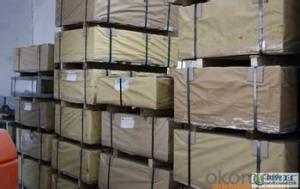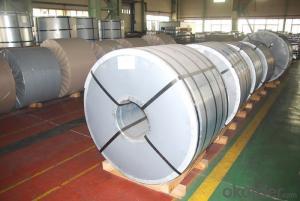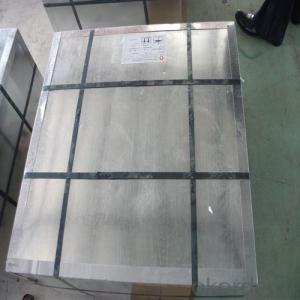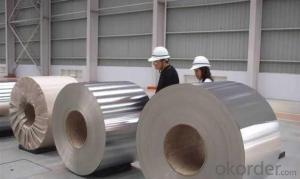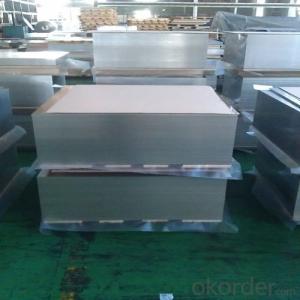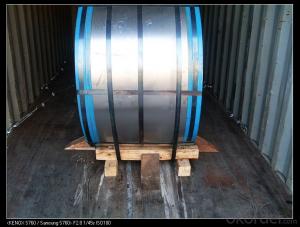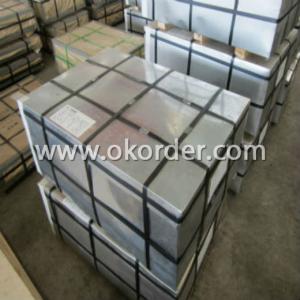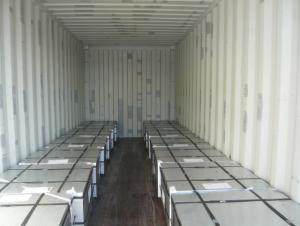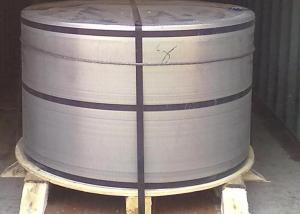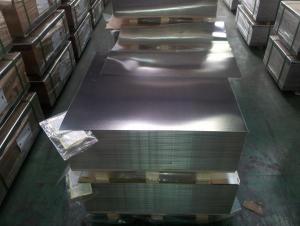ETP Tinplate Coils or Sheets Crown Corks
- Loading Port:
- Tianjin
- Payment Terms:
- TT OR LC
- Min Order Qty:
- 100 m.t.
- Supply Capability:
- 40000 m.t./month
OKorder Service Pledge
OKorder Financial Service
You Might Also Like
Specification
Structure of ETP Tinplate Coils or Sheets Crown Corks Description
| Steel Type | MR | ||
| Temper(BA&CA) | T1~T5, DR8, DR9 | ||
| Coating | 1.1~11.2g/m2 (Both Equal and Differential) | ||
| Thickness and tolerance | 0.15~0.50mm(Tolerance: _+0.01 mm) | ||
| Width & tolerance | 300~1000mm (Tolerance: 0~3mm) | ||
| Cut length & tolerance | 450~``50mm (Tolerance: 0~3mm ) | ||
| Coil inside diameter | 420/508mm | ||
| Coil Weight | 3~10 MT | ||
| Passivation | 311 | ||
| Oiling | DOS | ||
| Surface Finish | Bright, Stone, Silver, Matte | ||
| Packaging | Seaworthy Standard with wooden pallet | ||
| Standards Available | GB/T2520, JIS G3303, ASTM A623M & EN10202 | ||
| Special specitications are available on request. | |||
Main Features of ETP Tinplate Coils or Sheets Crown Corks
Tinplate can ensure food hygiene and minimize the possibility of corruption, effectively
prevent the danger to health, but also in line with modern convenience in tinplate packaging
of canned food diet, rapid demand, tea packaging, coffee packaging, health careproduct
packaging, candy wrappers, cigarette packaging, gift packaging, food packaging containers
are preferred.As well as other miscellaneous cans of the oils and fats cans, chemicals
cans, beverage cans, spray cans, and and so on on.
ETP Tinplate Coils or Sheets Crown Corks Images
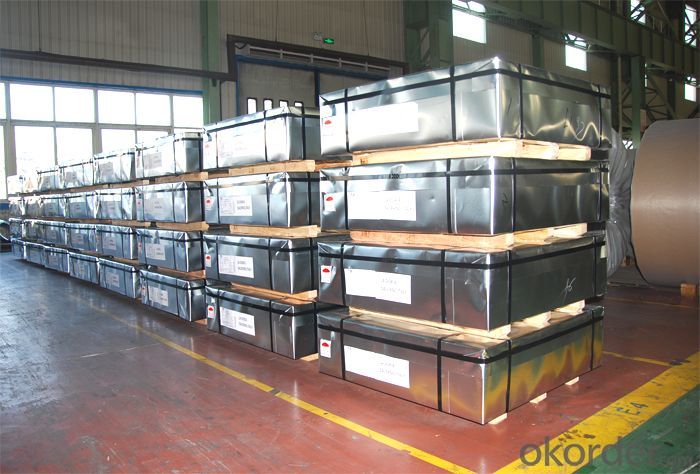
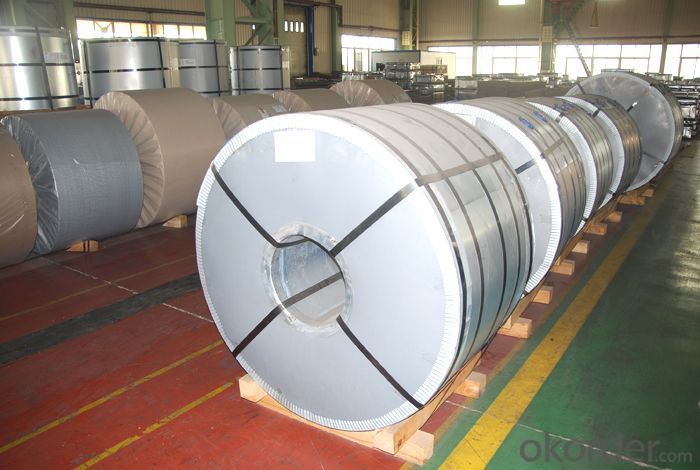
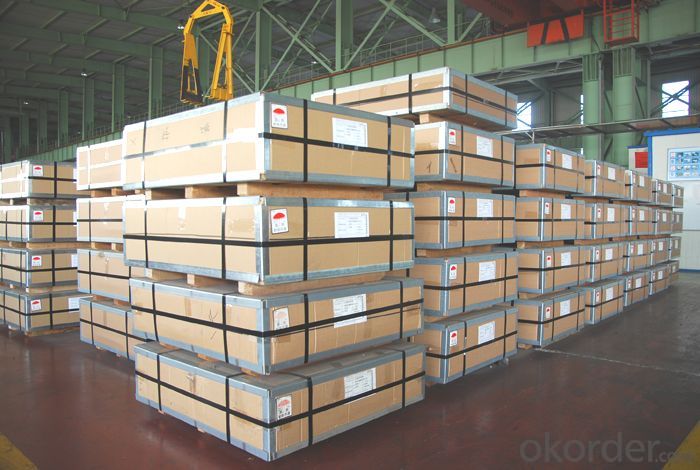
ETP Tinplate Coils or Sheets Crown Corks Specification
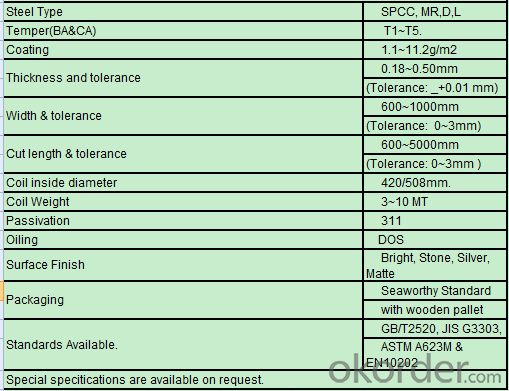
FAQ of ETP Tinplate Coils or Sheets Crown Corks
How long does it take to get the product if i place an order?
With the process of your requirements,we will pack and deliver in 3-7 days.If it is by sea shipment,it will take 15-45 days depending on different locations.
- Q: How does tinplate compare to other packaging materials in terms of weight?
- Tinplate is relatively lightweight compared to other packaging materials.
- Q: How does tinplate contribute to the overall versatility of packaging?
- Tinplate contributes to the overall versatility of packaging due to its inherent properties such as strength, durability, and corrosion resistance. It can be easily shaped into various forms and sizes, making it ideal for packaging different products. Tinplate also provides excellent protection against moisture, oxygen, and light, ensuring the safety and longevity of the packaged goods. Additionally, its compatibility with different printing techniques allows for attractive and informative designs, enhancing the overall appeal of the packaging.
- Q: What are the typical finishing options for tinplate products?
- The typical finishing options for tinplate products include painting, printing, coating, embossing, and varnishing. These options not only enhance the appearance of the tinplate products but also provide protection against corrosion and improve overall durability.
- Q: Can tinplate be used for marine applications?
- Yes, tinplate can be used for marine applications. Tinplate is known for its excellent corrosion resistance, making it a suitable material for marine environments where exposure to saltwater and moisture is a concern. Additionally, tinplate's strength and durability make it ideal for various marine applications such as packaging, containers, and components for boats and ships.
- Q: What are the different ways to seal tinplate containers?
- There are several different ways to seal tinplate containers, including using a metal lid with a rubber gasket, using a plastic or paper lid with a heat-sealed lining, using a twist-off cap with a tamper-evident seal, and using a peel-off foil seal.
- Q: What are the advantages of using tinplate for automotive parts?
- Tinplate offers several advantages for automotive parts. Firstly, it provides excellent corrosion resistance, making it ideal for parts exposed to harsh environmental conditions. Additionally, tinplate offers good formability, allowing for complex shapes and designs, providing flexibility in manufacturing. It also offers high strength and durability, ensuring long-lasting performance and safety. Furthermore, tinplate is lightweight, contributing to improved fuel efficiency and reduced emissions. Lastly, it is a cost-effective material, providing value for money in automotive part production.
- Q: Can tinplate be used for packaging products with specific storage requirements?
- Yes, tinplate can be used for packaging products with specific storage requirements. Tinplate is a durable and corrosion-resistant material that provides excellent protection for products from light, moisture, and oxygen. It can maintain the quality and freshness of the stored items, making it suitable for packaging products with specific storage requirements such as food, beverages, and chemicals.
- Q: Can tinplate be used for microwave-safe packaging?
- No, tinplate cannot be used for microwave-safe packaging as it is made of steel coated with a thin layer of tin, which can cause sparks and potential damage to the microwave.
- Q: Can tinplate packaging be used for gardening products?
- Yes, tinplate packaging can be used for gardening products. Tinplate is a durable material that provides protection against moisture and can withstand outdoor conditions. It is commonly used for packaging fertilizers, pesticides, seeds, and other gardening supplies. Additionally, tinplate is recyclable, making it an eco-friendly choice for garden product packaging.
- Q: Can tinplate be used for packaging beauty and skincare products?
- Yes, tinplate can be used for packaging beauty and skincare products. Tinplate is a commonly used material in the packaging industry due to its durability, corrosion resistance, and ability to protect products from external factors. It is also easily customizable, allowing for attractive and eye-catching designs that can enhance the appeal of beauty and skincare products.
Send your message to us
ETP Tinplate Coils or Sheets Crown Corks
- Loading Port:
- Tianjin
- Payment Terms:
- TT OR LC
- Min Order Qty:
- 100 m.t.
- Supply Capability:
- 40000 m.t./month
OKorder Service Pledge
OKorder Financial Service
Similar products
Hot products
Hot Searches
Related keywords
